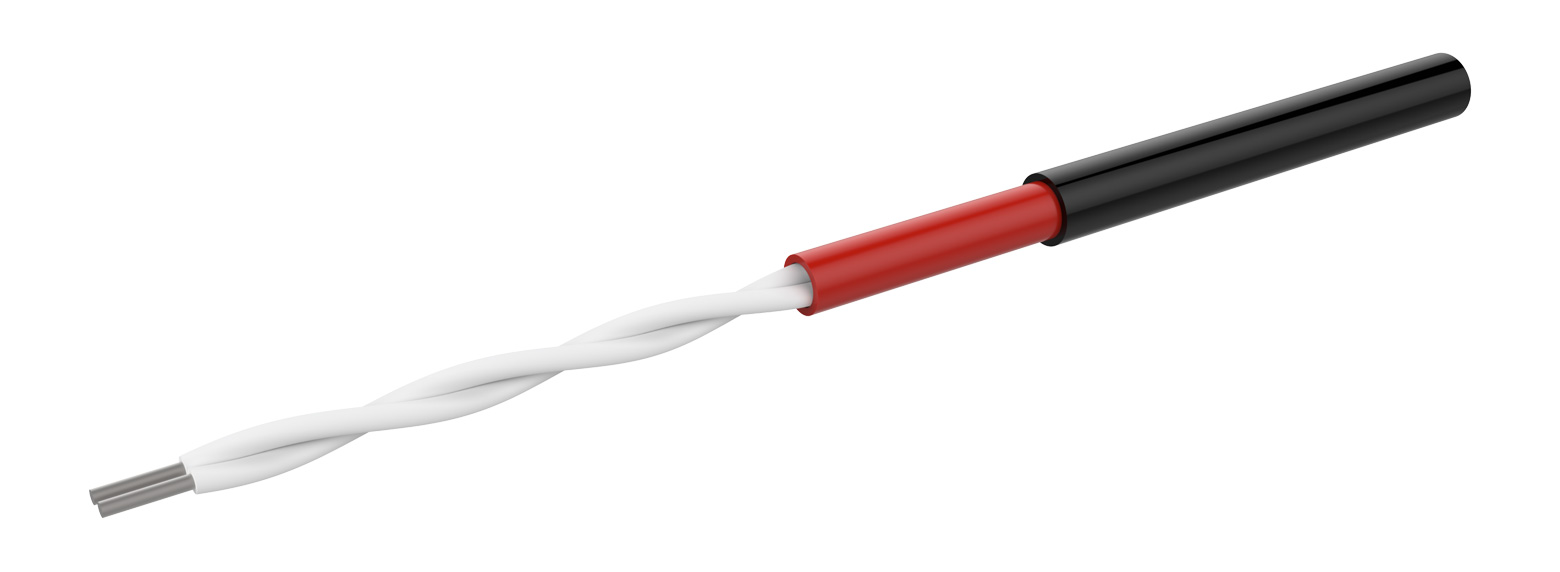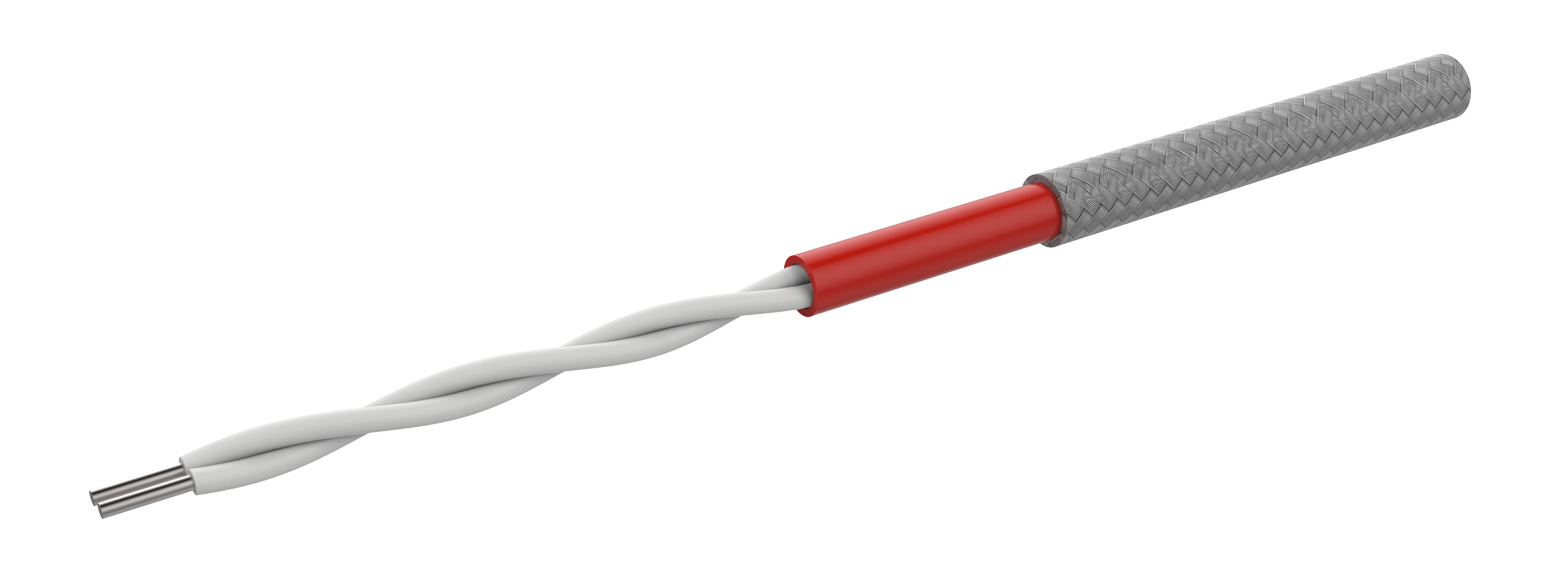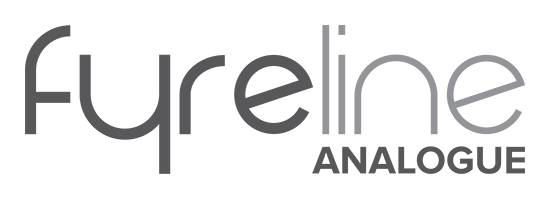A Power Station, sometimes known as a power plant or generating plant, is an industrial facility for the generation of electric power. Most power stations used today utilise one or more generators that convert mechanical power, into electrical power.
Most power stations burn fossil fuels such as coal, oil and gas to turn their rotating generators and generate electricity.
Power stations are responsible for providing electricity for huge areas, therefore, any disruption to their operation could have severe consequences for the businesses, hospitals and residential areas that they supply. On top of this, they have large numbers of personnel working on site, whose life must be protected at all times. Therefore, it is with the utmost importance that suitable and reliable fire detection is in place.
What are the Risks and Challenges?
There are a number of areas within a power generation facility that present difficult and varying risks of fire and overheating. These areas include:
- Turbines – steam turbines that are used in traditional type power plants extract thermal energy from pressurised energy. These are very large, mechanical turbines that can reach extremely high temperatures and can, therefore, be extremely difficult to protect from fire.
- Coal conveyors – a conveyor belt system is a piece of mechanical machinery that is used to carry materials from one place to another (in this instance – coal). Coal is highly combustible, can be hot or have hot spots and generates a large quantity of dust. As well as this, mechanical machinery such as conveyors can be prone to friction and/or faults that may result in fire if not properly maintained.
- Cable tunnels and trays – cable trays are used to secure cabling that runs throughout a building. Overheating cables, or cables that are not properly secured present a significant risk of fire that can be difficult to detect.
- Ancillary plant rooms – rooms that are dedicated to mechanical equipment, rather than human occupancy or storage, also have a number of risks. Electrical and mechanical equipment can be prone to breakdown and are often unmonitored.
- Dangerous goods stores – stores used to keep dangerous goods such as fuels, chemicals and radioactive chemicals present a number of fire risks. Due to the nature of these materials, traditional point detection is unable to provide suitable detection.
- Switching rooms – switching or control rooms house a vast amount of electrical equipment that, if not maintained correctly, can become damaged and cause fire.
Given the nature of these areas, traditional type point detection is usually not able to provide reliable fire detection. Dusty or dirty environments, mechanical and electrical equipment, moving parts and increased risk of heat all present difficult challenges to overcome.
What is the Solution?
FyreLine Linear Heat Detection can provide the ideal fire detection solutions for applications such as power stations.
FyreLine heat sensing cable is capable of detecting heat at any point along its length. It is able to provide an accurate location of fire, even in the most difficult environment.
There are two versions of FyreLine Heat Detection available:
FyreLine Digital
FyreLine Digital heat sensing cable offers fixed heat detection solutions. When the cable reaches its rated temperature a signal of fire is sent to the fire alarm control panel. FyreLine Digital is available with a rated temperature of 68°C, 88°C, 105°C or 185°C.
FyreLine Analogue
FyreLine Analogue continuously monitors for changes in heat. This means that not only is it able to provide a warning of fire, but it can also provide a pre-alarm warning. FyreLine Analogue is capable of detecting temperatures anywhere between 54°C and 100°C.
FyreLine heat sensing cable can be used with conveyor systems to detect heat from friction or burning materials, alongside cables in cable trays to detect excess heat from damaged or overworked cables and around mechanical and electrical machinery.
Different Coatings for Different Environments
Both types of FyreLine Heat Detection are available with different coatings to suit a number of different environments:
Nylon Coating

A nylon coating protects the cable from hazardous hydrocarbons such as oils and fuels, diesel kerosene etc., making them the ideal choice for protecting dangerous goods stores. Nylon coating also provides UV protection to protect the cable from sun rays. It is also much tougher than the standard PVC coating, providing increased mechanical protection.
Polypropylene Coating

Polypropylene coating is tougher than PVC and is mainly used for areas where strong acids are present or in corrosive environments.
Stainless Steel Braid

Any of the above coatings can be further protected by placing stainless steel braiding over the outside of the cable. This provides extra armour when the cable is at risk from being accidentally cut or where it may be exposed to mechanical abrasion.
The Complete System Supplier
Eurofyre are a complete fire alarm system supplier and are able to cater for a wide range of applications. We pride ourselves on providing the highest level of support possible, both pre and post sale. If you would like to discuss a fire detection solution for your business then please feel free to get in touch either by phone on +44 (0) 1329 835 024, by email to sales@eurofyre.co.uk or via the online enquiry form situated on our contact page.
Don’t forget you can follow us on LinkedIn, Twitter, Facebook and Google+ or sign up to our newsletter (in the footer below) to receive all the latest information from Eurofyre.

